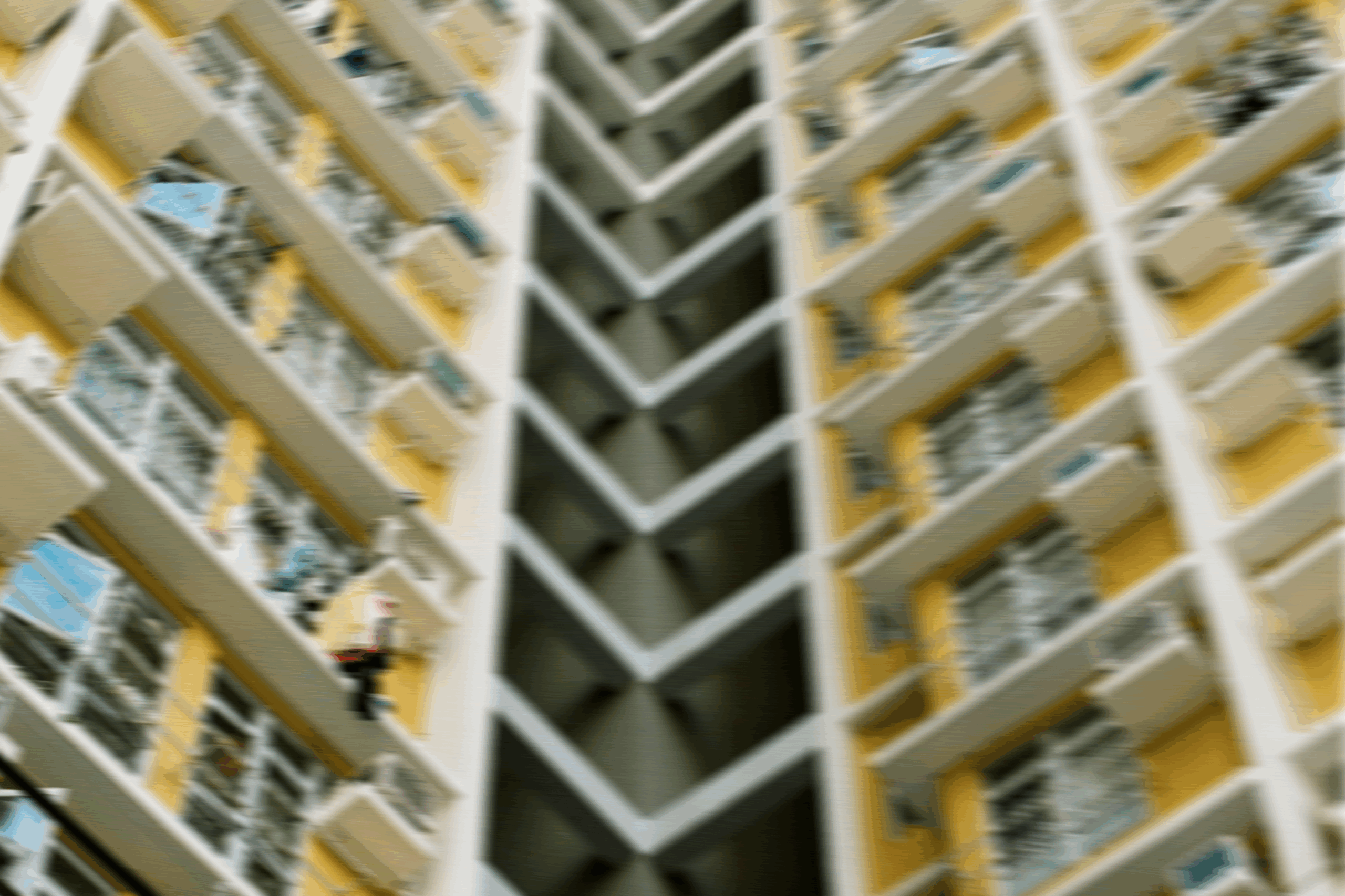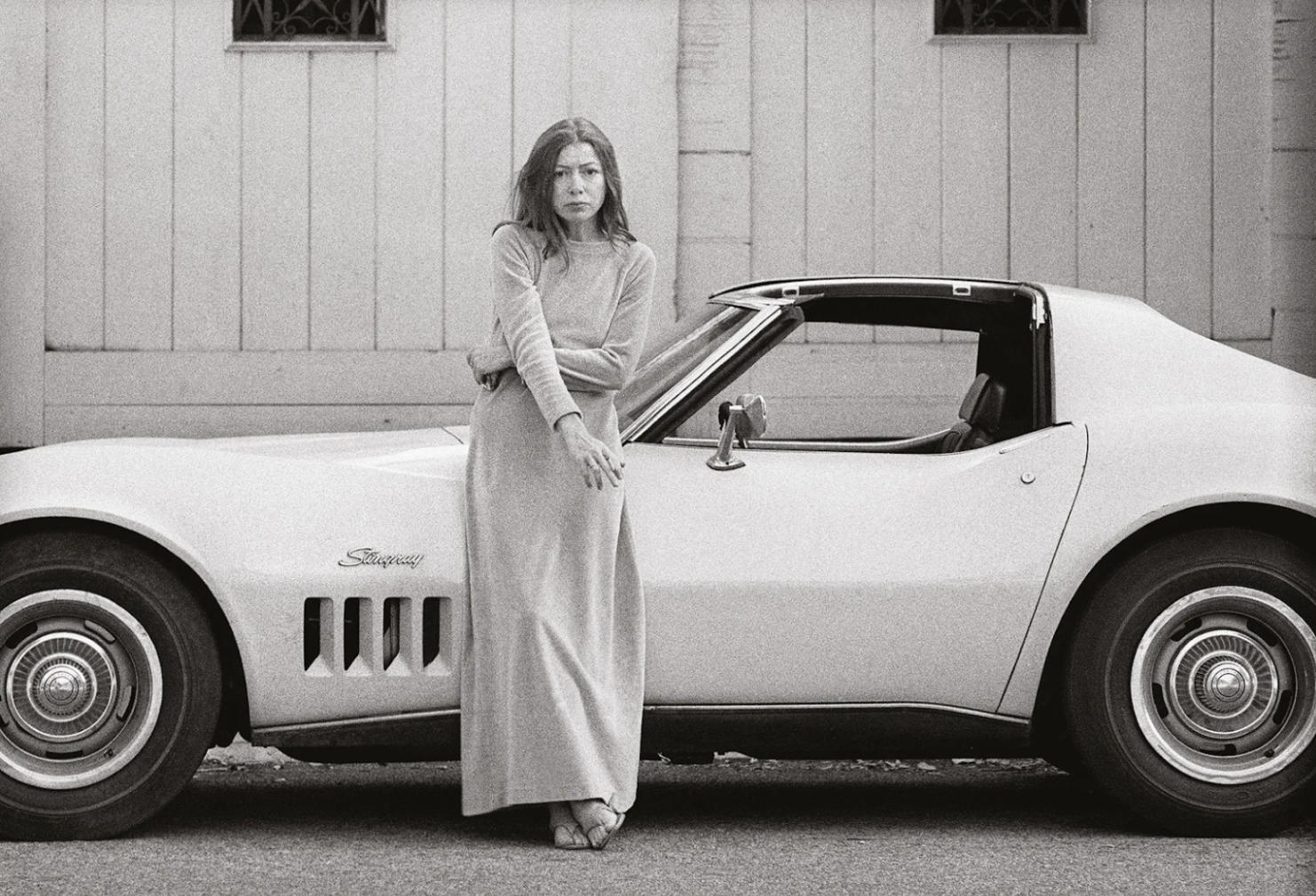Continue Reading
Biggest Finance Newsletter for Women
Join 200,000 other people interested in money, power, culture, and class.
Subscribe
House-hunting in any US city will cause one simple question to bulldoze all the others: How can so many people afford to buy these houses? If you typically feel pretty good about your financial progress and you’d like to not feel good about it, there’s no activity I recommend more. Last weekend, my husband and I flew to Denver, Colorado to begin scouting locations for the next phase of our lives. Real estate apps with precisely filtered search criteria in tow, we restarted the process that’s become commonplace after several years as an Air Force family. But this, we knew, would be the last time. The implicit permanence introduced palpable stakes that our previous recon trips lacked.
If you’re unfamiliar with the market in Denver, imagine you took all of the most upwardly mobile San Franciscans and Los Angelenos, gave them carte blanche on Redfin with their 2010 Facebook RSUs, and then injected the resultant froth with medical-grade optimism. Welcome to the Mile-High City! Natural light-deficient bungalows built in the 1920s with proximity to parks and their original brown kitchenettes run upward of $750,000; the monstrous, obscenely modern new builds with lofted ceilings and floating staircases squeezed onto lots across the street run $3 million-plus.
>
“Looking for a place to live forces you to locate yourself somewhere on this socioeconomic spectrum.”
House hunting transforms the subtleties of class difference into the literal terms of the physical world. Passing through areas with sprawling lawns and wide medians studded with spruce trees, you can sense immediately you’ve drifted too far outside the bounds of affordability. This place is not for you. Similarly, onsite inspection of parts of town that look intriguing on Google Maps reveal auto shops with stacks of rotting tires and overgrown side streets laced with barbed wire, inducing a similar feeling of being too much a compromise on price. Denver, like many major US cities, has a growing unhoused population, and the most expensive neighborhoods mostly shield their inhabitants from the human suffering that all those rising expenses created. Cities—especially growing ones—are unique in that they contain these multitudes of vast wealth and painful poverty often within the same square mile, which makes the disparity impossible to ignore.
Looking for a place to live forces you to locate yourself somewhere on this socioeconomic spectrum. It is as much a ritual of self-stratification as it is a practical operation about budgets and commutes. Nobody knows better than a woman who stumbles into a home with large kitchen windows and tastefully exposed brick how quickly hard numbers can soften under the glow of natural morning light. What’s a reasonable budget when faced with the selves we can envision in these fireplace-warmed family rooms and cozy breakfast nooks? Who is the “you” that lives in the studio apartment downtown above the art gallery, and how is she different from the “you” that retreats to the suburbs? Geography is, as they say, destiny, and the prospect of being spread thin financially for 30 years can fade into the background when it feels like a physical affirmation of your sense of self is on the line. Where you most aspire to live is an assertion about who you are, but it’s also a validation of it.
As such, this sensible exercise in finding shelter can devolve rapidly into fraught territory: We project ourselves, our futures into these spaces. They become a reflection of us, our striving, and, crucially, how fruitful that striving has been. The process forecloses on practicality by inducing acute economic self-consciousness at every turn. Before long, you’ll find yourself speaking a new language: “Up-and-coming” means “not all the way gentrified yet,” while “good bones” is shorthand for “this neglected piece of shit costs about $200,000 more than you think it should because it’s in the zip code where all the rich white people live, and what you’re actually paying for is access to the schools that their property taxes fund.”
>
“We’re a country that is both heavily segregated by class and deeply committed to pretending that it doesn’t really exist.”
In this way, the United States is a unique place. We’re a country that is both heavily segregated by class and deeply committed to pretending that it doesn’t really exist (it’s a bit of a joke in finance circles that everyone thinks they’re “middle class”). But class is, maybe more than just about anything else, the organizing principle of our society—the scaffolding which provides structure to the rest of it. Housing just renders that organization explicit. Central to this classless mythology is the belief that upward mobility is an equal birthright; that someone who grows up in the neighborhood with the Whole Foods has the same shot as the kid down the street from Dollar General. That’s an economic distinction, but in the US, it feels like a moral one: If opportunity is equal for everyone, your neighborhood is a representation of your character. Talk about stakes!
Once we find our places, we fill them with our belongings (and, if we’re really swinging for the Americana fences, a bunch of kids). Sometimes, if we do too good a job of this, we have to move somewhere larger that can accommodate these things and people while still affording enough space to avoid feeling suffocated by all of it. The existence of the “starter home” implies square footage is a game to be progressed through by sheer force of purchasing power. You will attach yourself to the property ladder by any means necessary such that you can eventually graduate to the sort of space your friends and colleagues will envy and your out-of-state parents will be impressed by. It’s encoded in the mythos of this country: Manifest your destiny by writing your name on the right plot of land. It’s not just your prosperity on the line, but your ability to secure the prosperity of those who come after you—most conversations about housing turn to discussions about ‘generational wealth’ after approximately four minutes.
We submit to this gauntlet by arranging our lives around it, Zillow push notifications on full volume, accumulating both the space and the stuff that assures us we are moving in the right direction (up) and navigating the pressures of modernity with the right skills (competence). There are architectural tells that things are going according to plan: pallid granite countertops, aluminum-faced appliances, black metal features stripped of all ornamentation. The magic of this popular, Selling Sunset-style cold sterility, with all its white space and sharp edges, is that it is radically bland. It suits anyone with enough money to pay for it. In her book of essays Trick Mirror, Jia Tolentino calls athleisure “late capitalist fetishwear.” This design aesthetic is the architectural equivalent.
>
“I could think of no better way to spend a life than endeavoring to afford such a gorgeous endorsement of one’s success. My fatigued Zillow app told me the mortgage was $13,000 per month.”
I like it, because of course I do! It’s a risk-free environment to reliably signal you’ve Done Things Right. The ability—or inability—to manifest it for yourself once you’re of Proper Home-Buying Age telegraphs that reality to others more effectively than just about anything else. It’s like living inside a management position at Goldman Sachs. The homes we’re supposed to find desirable are not places to live, but places to affirm our proficiency at navigating the marketplace of modern life. A private thrill surges through me anytime a 22-year-old CleanTok influencer appears in one of these spaces in my feed, a disembodied forearm hovering over a deep stainless steel farm sink doused in chemicals, ScrubDaddy in hand. It brings me an illicit comfort to observe a presentation of upper class life that is so miraculously, stereotypically capable, and this 4,000-square-foot glass box is the most fitting stage for such a performance.
As we drove through the neighborhoods that contained houses we couldn’t even tour without feeling as though our very presence was a flagrant lie, we joked about how we’d eventually be able to afford to live there—how someday, those giant yards and theater rooms would be within reach. It was easy and fun to fantasize about that version of my life, how I’d plant real roots in the Whole Foods part of town for the first time since I was a Kentucky kid living down the street from Dollar General. We slowed to a stop outside of a stately home enveloped by a crown of towering pine trees. At that moment, delirious from exposure to the fumes of so many commas, I could think of no better way to spend a life than endeavoring to afford such a gorgeous endorsement of one’s success. My fatigued Zillow app told me the mortgage was $13,000 per month.
On our third day of scoping, we noticed signs bearing cartoonishly oversized arrows pointing toward an estate sale for several blocks. We decided to take a break from our patrol to have a look around. As I always do before entering a homespun shopping opportunity in a ritzy part of town, I fantasized about encountering a vintage Hermés bag amidst the discarded furs of some old rich lady who had passed on without communicating its value to the clueless son charged with executing her estate. Given the stratospheric prices of the homes we were passing ($2,995,000 million or best offer!), I felt this daydream realistic. But upon entering, I knew immediately I had miscalculated. Threading through a crowd of people of all ages, we stepped gingerly on green carpets compressed from decades of stepping, dodging low-hanging gold light fixtures. The musty scent of stale cigarette smoke and camphor clung to every surface.
>
“It was both touching and unnerving to move so casually between the walls of a stranger’s life, at once intimate and impersonal.”
In the kitchen, a woman animated by the frenzied ecstasy of a bargain wrapped pink china in off-white packing paper while her husband, obviously the muscle of the operation, diligently arranged it in a Sterilite tub. In a small bedroom, painted aquamarine, rainbow towers of old sheets and knitted blankets were stacked high, threatening to topple. In the garage, we found rows of books about cats and a collection of children’s easter baskets. In the basement, two old typewriters, half a set of Encyclopedias, and a few sun-bleached South Beach Diet books that looked as though they had been read quickly and forgotten. This was a caricature of normalcy: Tiffany blue vinyl benches installed around a plastic dining table, beat-up pots and pans bearing no brand names. A woman who liked cigarettes and cats and sewing and writing and, occasionally, dieting.
The old Denver native who once lived in this home clearly preceded the influx of elder millennials with tech money and BMWs and the billionaires buying their fourth vacation houses in Aspen. Her home, flanked on either side by enormous new constructions, was like a postcard from a bygone era. Now, we panned through the detritus of that past. Who was this woman, I wondered, and what would she think of this scene? Would she mind this callous analysis of her belongings by her community? Would she think it amusing or hurtful?
>
“The arc of every life bends toward the great equalizing force of the estate sale.”
It was both touching and unnerving to move so casually between the walls of a stranger’s life, at once intimate and impersonal. I watched as teenage girls picked through costume jewelry, as old men collected dusty jumper cables from a pile in the shop that looked as though they hadn’t been connected to anything with an electrical current since the turn of the century. I couldn’t believe that people wanted to sort through, purchase, transport, and store this junk, and at the same time, that the precious accumulations of an entire life on earth could be swiftly categorized, priced, and sold for parts to schmucks like me passing through from out of state.
Something about the scene felt profane, even though the arc of every life bends toward the great equalizing force of the estate sale. I imagined the contents of my own closet being dragged out for dispassionate display on folding tables, marked with round, neon stickers. $50 for the Chanel sandals she spent six months pining after. Used socks by the dozen. Hand towels free with purchase. I pictured strangers sifting through the drag net of my life, noticing how many colored pens I had hoarded in pockets around the house; all the used-up Duracells in a gallon bag labeled “Dead?” because I was never sure how to dispose of them properly without starting a battery fire in the California desert. I had spent all weekend mentally projecting my future into the homes I was entering—just not like this.
Our economic status quo prescribes devoting your life energy to this material arms race: to run as fast and as far as you can from your individual starting line, the distance you’ve traveled intended to scan as undeniable proof of your capability. We’re encouraged to infuse this distance with meaning; allow it to determine how we feel about how well (or not well) we’ve done. Ask any adult how they’ll know they’ve “made it,” and nine out of 10 will mumble something about a dream home.
>
“Ask any adult how they’ll know they’ve ‘made it,’ and nine out of 10 will mumble something about a dream home.”
Standing in the aftermath of someone else’s journey is a little bit like watching a wave make light work of a sand castle.* It’s easy to forget as we diligently abide the stratifying status quo that we are all bound for the same destination, emptied out, where the distance will be sorted suddenly and irreversibly into anonymous stacks and piles. The quintessentially American proposition that a good life is one dominated by building the biggest castles possible—when they are all necessarily destined for the tides of our inescapable fate!—is absurd, and that revelation is as depressing as it is liberating. We’re going to keep renting.
—
*I’m sorry. Any time I write “sand castles,” I can’t help but think of this undeniable sitcom bop. Robin Sparkles is the star Sabrina Carpenter wishes she was.
October 14, 2024
Looking for something?
Search all how-to, essays, and podcast episodes.
Explore
While I love diving into investing- and tax law-related data, I am not a financial professional. This is not financial advice, investing advice, or tax advice. The information on this website is for informational and recreational purposes only. Investment products discussed (ETFs, index funds, etc.) are for illustrative purposes only. It is not a recommendation to buy, sell, or otherwise transact in any of the products mentioned. Do your own due diligence. Past performance does not guarantee future returns.
Money with Katie, LLC.
Terms & Conditions | Privacy Policy
This Site Was Built by Brand Good Time



